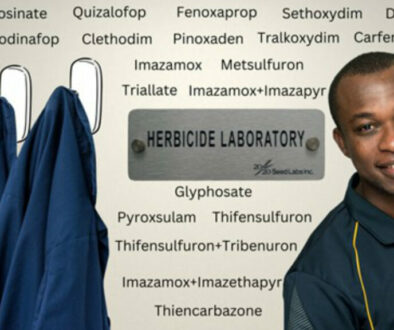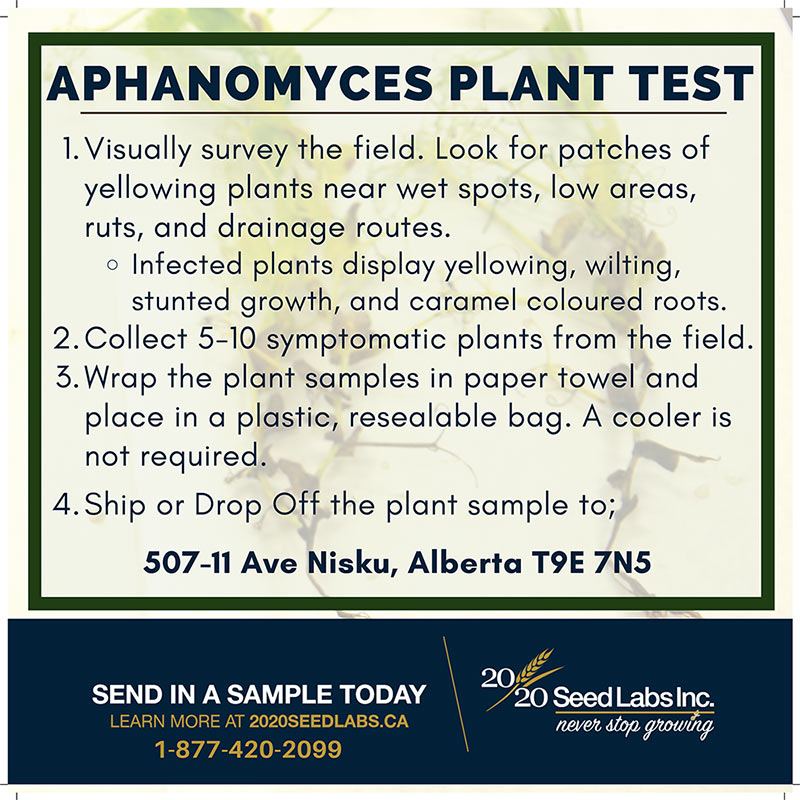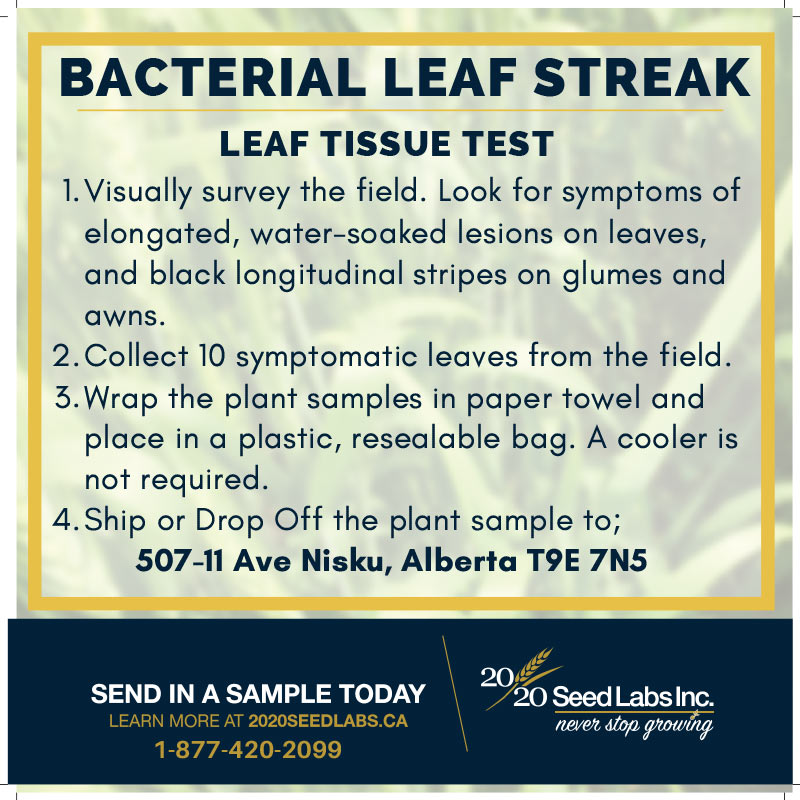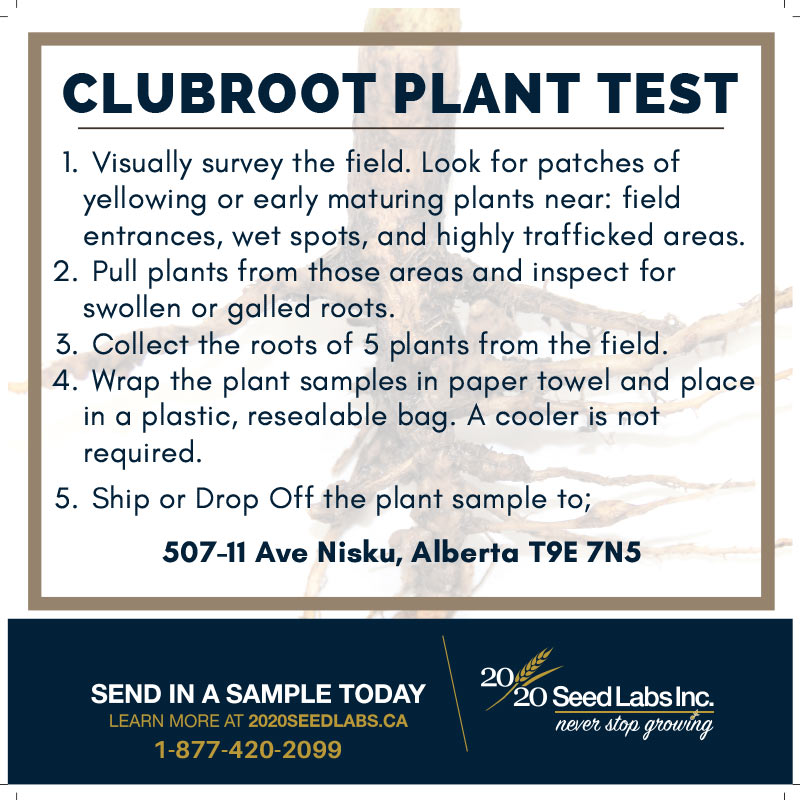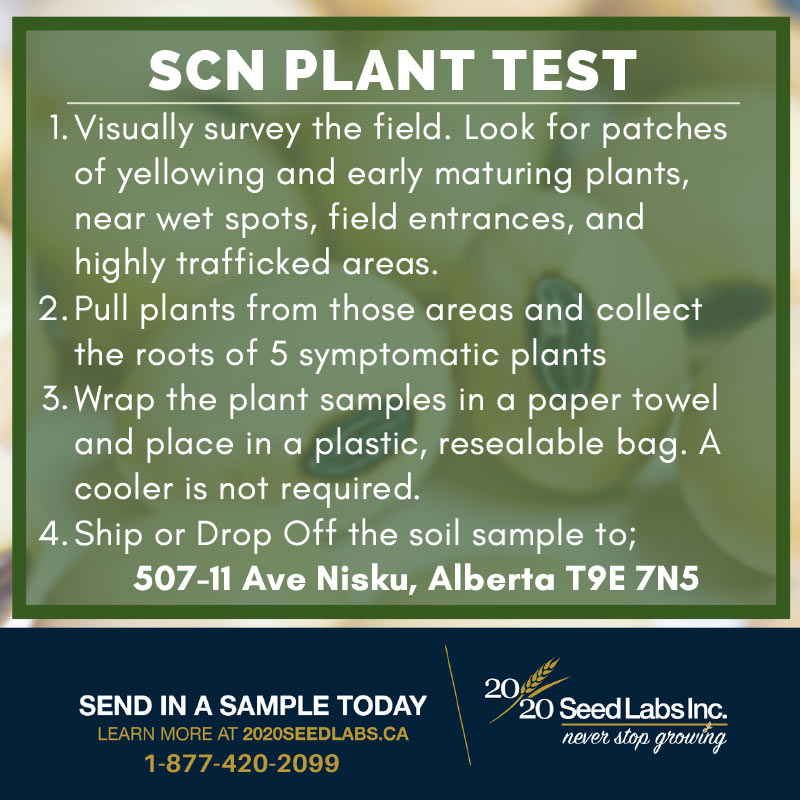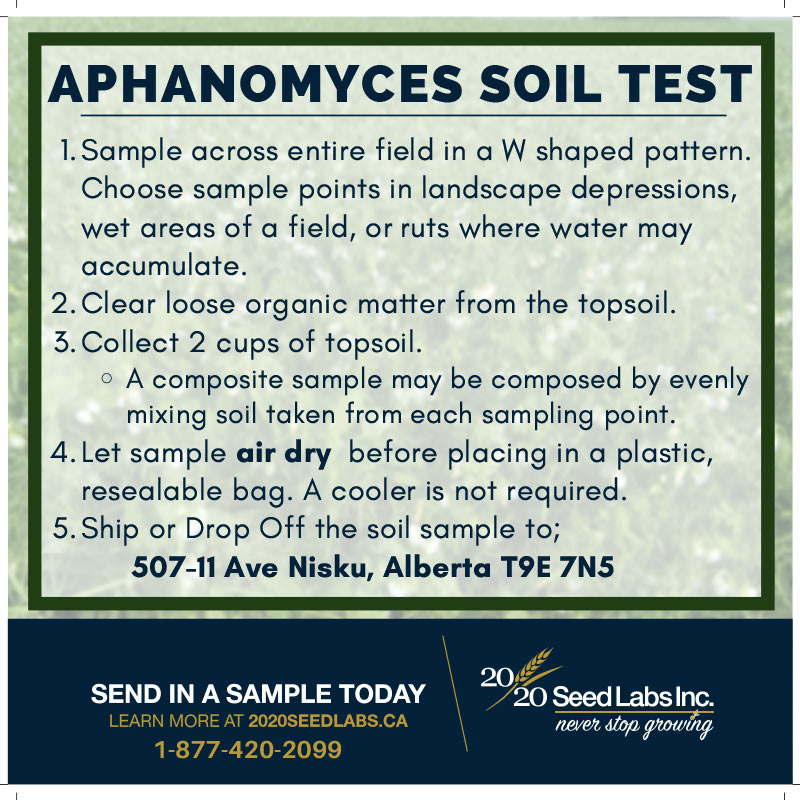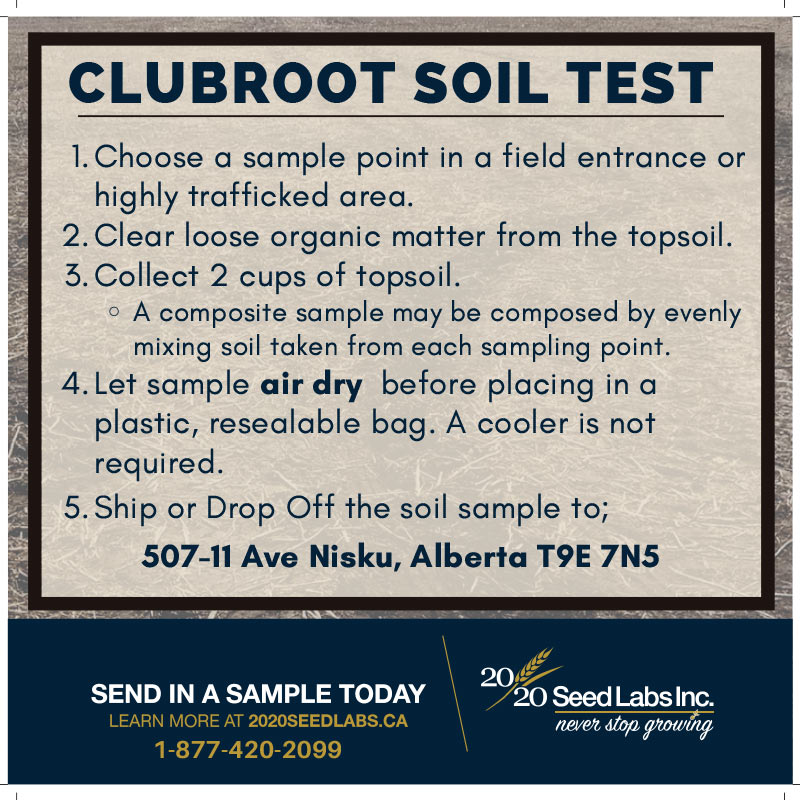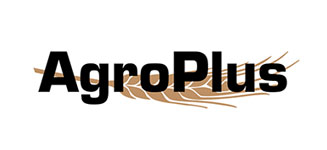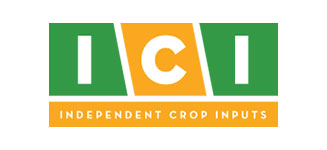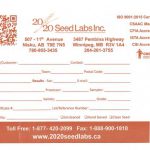3 Ways to Mitigate Mechanical Damage
Protect your seed and profits
by Shanyn Silinski, Marketing Manager
Harvest is already rolling for many across the prairies, and others are making their final preparations as the crops are almost ready. This includes preparing storage, equipment, and the crew. With the heat many areas faced, their seeds may be drier, more brittle, and variable in size. Growers facing lower yields will keep an eye on protecting seed quality wherever possible.
Mechanical damage is seen in samples that come into the 20/20 Seed Labs locations. Often, this is a preventable condition, and there are some good reasons to work on preventing damage to seeds at harvest, not the least of which is preserving germination.

In addition, loss of germination, dockage, and loss of grade can impact the crop’s marketability and the grower’s profitability.
High-germinating seeds will have little to no mechanical or chemical damage and are also highly valued by seed growers and commercial farmers.
Here are three ways to mitigate mechanical damage:
- Check your equipment, including combines, augers, and sweeps. Check settings to ensure the seeds are being handled gently. Ensure there isn’t any damage to parts that come into direct contact with seeds, including flighting, fans, and concaves.
- Train your team. Explain how using harvest equipment properly can lessen the chances of quality robbing damage. This means filling augers correctly and running them at the proper PTO speed.
- Plan for storage. With the hot, dry weather, seeds may be more brittle and will need careful handling. Less handling is recommended whenever possible. The less you move your seed, the less opportunity for damage.
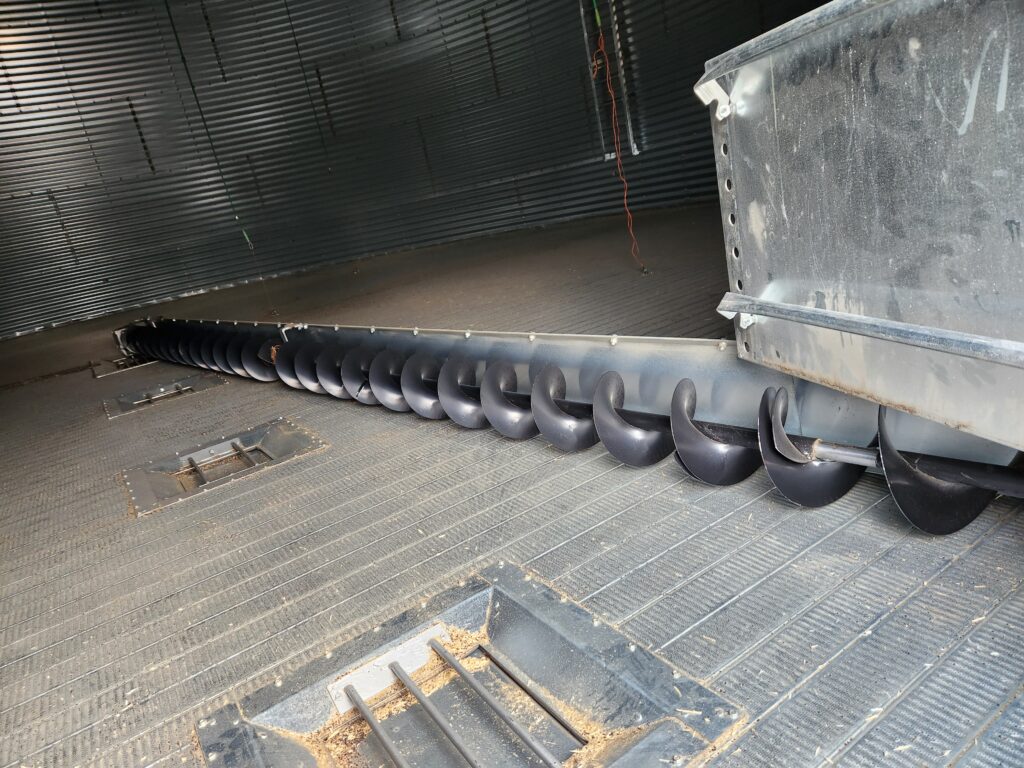
From harvest to storage to final destination, you have many opportunities to protect your seed from mechanical damage.
Are you unsure about your seed quality or whether your equipment is causing damage? Send a sample to 20/20 Seed Labs, and you’ll know the baseline of your seed at harvest.
You’ve spent a whole season growing the best crop you can; keep the quality with good harvest practice to protect your seed and profits.
Check list:
- Check augers for damaged flighting
- Ensure sweeps are clean and undamaged
- Damage can be bent, cracked, chipped or split parts on the equipment
Training:
- Load the auger so there is less seed movement
- Lower the auger to slide the seeds down the slope rather than hitting the bottom hard
- Avoid hitting cross bars
Storage:
- Plan to move seeds less
- When you move them handle them gently
- Use augers or conveyers that are suited to the crop you are handling
